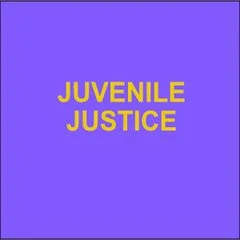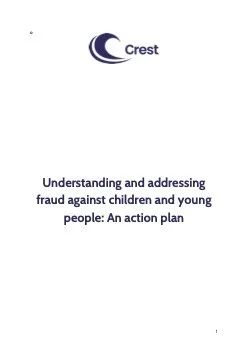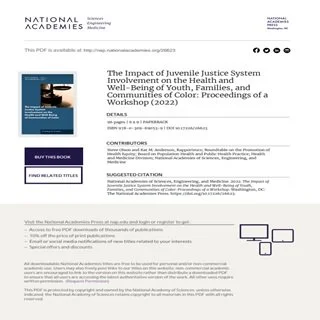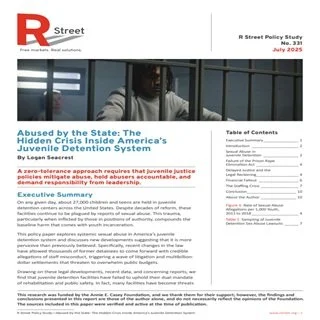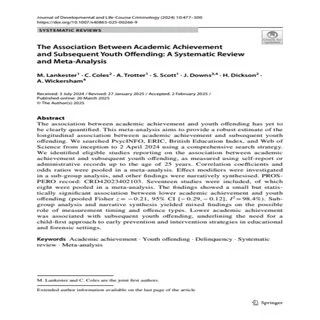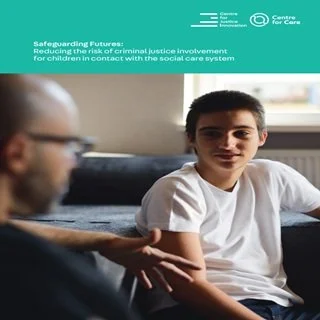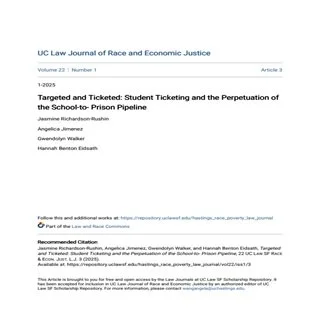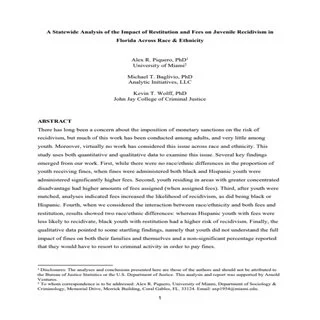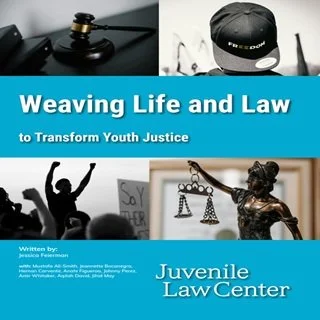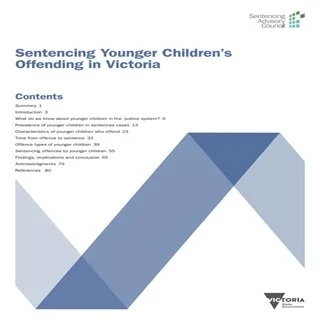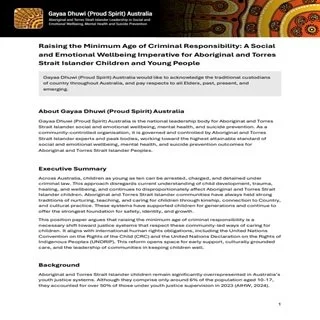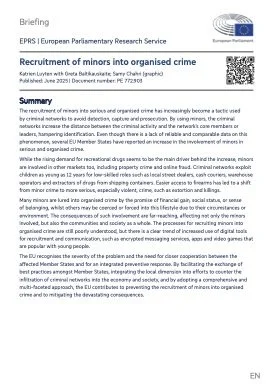By Jessica Feierman
Youth justice advocates, including lawyers, organizers, and other youth and adult movement builders, want to replace the current damaging, discriminatory, and ineffective juvenile and criminal legal systems1 with better approaches. We envision approaches that support children, help them flourish, and contribute to a safe, equitable, and healthy community. How do we do it? And what role can the law – with its history of and ongoing role in racial oppression – play in realizing our shared goals? This publication suggests that lawyers must work hand in hand with leaders in the field with direct experience in juvenile or criminal court — those who have appeared as defendants, witnesses, or survivors or who have been incarcerated or had family members incarcerated. People with these lived experiences know better than anyone where it falls short, and what not to do. These leaders have also begun creating something new – a system that works by building, not destroying. Even as other institutions falter, this community - centered work creates cause for hope. The current system’s problems are deeply rooted in its history. Despite a valid goal of treating children differently from adults, the U.S. youth “justice” system carries with it the imprint of cruel and discriminatory practices that date back to slavery and have been reinforced decade after decade.2 The juvenile legal system purports to offer rehabilitation and support adolescent development. The constitution establishes unique procedural protections for youth. Ultimately, however, both systems disproportionately pull Black, Indigenous, and Latine young people and other youth of color, as well as LGBTQIA+ youth, young people with disabilities, and youth living in poverty from their families3 and expose them to abuse and other damaging conditions of confinement. While teenagers are highly resilient, the juvenile and criminal legal systems interfere at a moment of important brain development and, rather than playing to youth strengths, they cause physical and emotional distress, interrupt education, take resources away from communities, and silence youth voices.4 The system also overwhelmingly fails to meet the needs of victims and survivors.5 Legal advocacy to date has curtailed some of the worst abuses of the juvenile and criminal legal systems, but it has also fallen short of creating an equitable and restorative approach. The U.S. Supreme Court has ruled that children cannot be punished with the death penalty or certain life without parole sentences,6 and that children deserve some unique procedural protections during police interrogations7 and a right to an attorney and other due process protections in juvenile delinquency proceedings.8 Federal district courts have limited the use of solitary confinement and other harsh conditions for youth, in at least some circumstances.9 While these cases have conferred significant practical benefits, they have tempered the harshest treatment in the system rather than promoting transformation. Even these holdings, however, are now at risk with a new U.S. Supreme Court focused on interpretations of the Constitution based on narrow, and sometimes incorrect,10 historical interpretation of constitutional rights.11 Amidst this legal backlash, leaders who have survived these failed systems are shaping advocacy to focus on equitable and restorative responses to youth, responses that protect and value young people’s childhood, bodies, communities, voices, and resources.12 These insights can play a key role in shaping the transformation of the system The vision of justice set forth in this publication emerged at a convening on Weaving Life and Law hosted by Juvenile Law Center. The convening centered the insights and vision of a powerful group of transformative leaders: Jeannette Bocanegra, the Executive Director of Justice for Families, an expert in transforming the system so that it is driven by the insights and input of youth and families; Hernan Carvente, the Founder and CEO of Healing Ninjas and Executive Director of Alianza for Opportunity; Johnny Perez, Director of U.S. Prison Program for the National Religious Campaign Against Torture, and a leading voice against solitary confinement; Amir Whitaker, Senior Policy Counsel at the American Civil Liberties Union of Southern California and author of Project Knucklehead. Juvenile Law Center staff, fellows, and alums also contributed their leadership to this project: Anahi Figueroa, who was serving as a Youth Advocacy Program Fellow; Marcus Jarvis, who was serving as the Debt Free Justice Communications and Outreach Associate; and current Juvenile Law Center Stoneleigh Youth Advocacy Fellows Aqilah David and Jihid. This publication relies heavily on this group’s discussion at the convening as well as each member’s previous writing, interviews, and other contributions. The insights of these leaders are not meant to be broadly representative. They do, however, offer crucial insights to inform the work. The ideas in this publication also build upon the expertise of abolitionist leaders, movement lawyers, and youth justice advocates who have been crafting alternatives for years. They borrow from the vision, inspiration, and hard work of abolitionist movements, largely led by Black, Latine, and Indigenous community members who have long recognized the failings of our existing legal system and the need for alternatives.13 While inspired by the actions of movements, this publication seeks to develop litigation strategies that support transformation of the system and to clarify when and how lawyers need to step up and when we should step back or offer our support for organizing, policy advocacy, and other social change strategies. The questions about the role of litigation are rooted in the work of movement and community lawyers who have pressed the legal field to recognize our place in larger efforts for liberation, and in the insights of scholars who pose questions about whether and how a legal system, built on racial oppression, can be used as a tool for liberation. The approaches highlighted here also expand upon the movement for a developmental jurisprudence – a history of legal advocacy and resulting case law that recognizes the importance of childhood and adolescent development to youth culpability and capacity, and on key legal advocacy for civil rights and racial justice.14 Section II of this report, co-authored with Mustafa Ali-Smith, provides a brief overview of the history of our juvenile legal system, recognizing that without a clear-eyed understanding of the roots of the system, our reforms may miss the mark. Section III highlights the harms of the system. Section IV, co-authored with the transformative leaders mentioned above, sets forth a shared vision of fairness and dignity. Section V highlights concrete legal strategies, focused on new approaches to advocating against harsh conditions of confinement that can ultimately contribute to divestment from the current system and investment in youth and families. The report aims to set the stage for legal advocacy to support restorative, equitable, and effective responses to youth.
Philadelphia: Juvenile Law Center, 2025. 49p.

